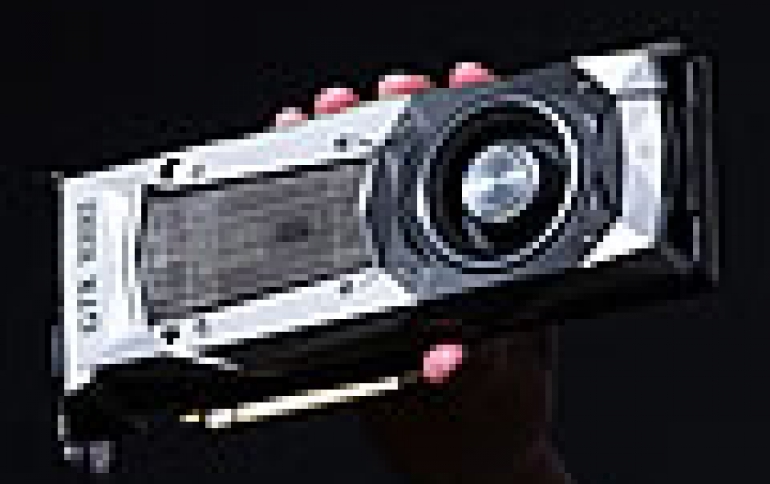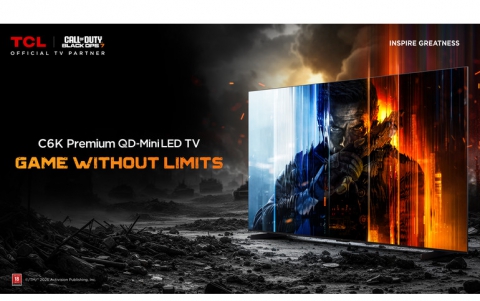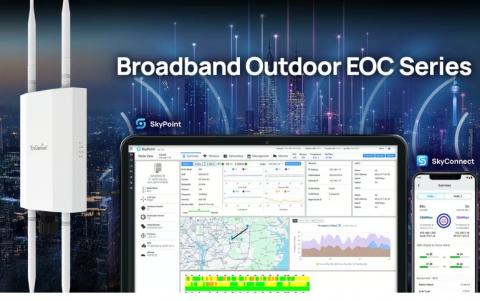
NVIDIA GeForce GTX 1080 and GTX 1070 Bring The Pascal Architecture And The GP104 GPU
NVIDIA officially announced the next generation of GeForce video cards, the GeForce 1000 series.
Powered by the company's new Pascal architecture and built on TSMC?s 16nm FinFET process, NVIDIA is promising that the 1000 series will set a new high bar for performance and efficiency.
The first two cards based on the Pascal architecture are the high-end GTX 1080 and GTX 1070 series. These cards will be launching over the next month, with GTX 1080 hitting the market May 27th, and GTX 1070 on June 10th. They will be priced at $599 and $379 respectively.

The cards feature Nvidia's GP104 GPU, which packs 7.2B transistors.
Pascal is NVIDIA's 16nm architecture but also the successor to Maxwell. NVIDIA did not provide many technical details, but is promoting a 2x efficiency increase in Pascal versus Maxwell for gaming purposes.

Pascal also brings some new features that developers can tap for improved performance. Key among these is Simultaneous Multi-Projection, a technology that allows Pascal to create up to 16 viewports. NVIDIA is promoting the tech as being especially well suited for more efficient implementations of VR lens distortion correction (Lends Matched Shading) and rendering the same scene twice in VR in a single pass (Single Pass Stereo), along with easier correction for distortion when using a multi-monitor setup.
NVIDIA's Multi-Res Shading involves algorithmic tweaks of reprojecting geometry and shading different parts of a frame at different resolutions.
A new feature on GP104 is GPU Boost 3.0. Information about this is limited, but NVIDIA is saying that it supports more advanced overclocking functionality than has been present over the last couple of years with GPU Boost 2.0.
NVIDIA has also confirmed that GP104 cards will be DirectX feature level FL12_1 capable. On the display side of matters, GP104?s display controller will support the newer DisplayPort 1.3 and 1.4 standards.
Whereas the GP100 was the first NVIDIA GPU to support HBM2, GP104 will be the first GPU to support GDDR5X. GDDR5X iterates on the technology to improve memory bandwidth. It increases the overall capacity of the memory bus by moving from double-pumping (DDR) to quad-pumping (QDR), pairing this change with a larger memory prefetch to feed the faster memory bus.
| GTX 1080 | GTX 1070 | |
| CUDA Cores | 2560 |
1920 |
| Texture Units | 160 |
120 |
| ROPs | 64 |
|
| Core Clock | 1607MHz |
1506 MHz |
| Boost Clock | 1733MHz |
1683 |
| TFLOPs (FMA) | 9 TFLOPs |
6.5 TFLOPs |
| Memory Clock | 10Gbps GDDR5X |
GDDR5 |
| Memory Bus Width | 256-bit |
256-bit |
| VRAM | 8GB GDDR5X |
8GB GDDR5 |
| TDP | 180W |
150W |
| GPU | "GP104" |
|
| Transistor Count | 7.2B |
|
| Manufacturing Process | TSMC 16nm |
|
| Launch Price | MSRP: $599 Founders $699 |
MSRP:$379 Founders: $449 |
The GTX 1080 will run GDDR5X, while the GTX 1070 will run GDDR5.
NVIDIA is promoting the GTX 1080 as having better performance than both GTX 980 SLI and GTX Titan X. NVIDIA's performance marketing slides put the average at around 65% faster than GTX 980 and 20-25% faster than GTX Titan X/980 Ti.
The GTX 1080 will ship with the most powerful GP104 implementation. The card will ship with a base clock of 1607MHz and a boost clock of 1733MHz. This is a significant 43% boost in operating frequency over GTX 980. Meanwhile NVIDIA is touting that GTX 1080 will be a solid overclocker, and demoed the card running at 2114MHz with its reference air cooler.
GTX 1080 will be paired with 8GB of the new GDDR5X memory, on a 256-bit memory bus, and a total of 320GB/sec of memory bandwidth.
On the power front, NVIDIA has given the GTX 1080 an 180W TDP rating. This is 15W higher than the GTX 980.
NVIDIA has not changed the actual port configuration since GTX 980 Ti. So we're looking at 3 DisplayPorts, 1 HDMI port, and one DL-DVI-D port.
The card has just a single 8-pin power connector and is also the first card to feature NVIDIA's SLI HB connectors, which will require new SLI bridges.
The GTX 1080's cheaper sibling, the GTX 1070 is rated for 6.5 TFLOPs. On the memory front, the card will be paired with more common GDDR5. There's 8GB of VRAM, but specific clockspeeds are unknown at this time.
Like GTX 1080, GTX 1070 will be offered in a base/MSRP version and a Founders Edition version. These will be $379 and $449 respectively - $50 over the GTX 970?s launch price of $329 - with the Founders Edition card employing the new NVIDIA industrial design.
The GTX 1070 will be the latter of the two new Pascal cards, hitting the streets on June 10th.

More Realistic VR
NVIDIA also showed off some new tools that should help developers make VR experiences even more realistic. CEO Jen-Hsun Huang said its VR Works suite of APIs is getting a "major" upgrade, with the ability to connect haptic controllers to its PhysX physics engine for more realistic feedback, and the "world's first real time physically modeled acoustic simulator." As he described it, the audio engine works on top of the optics API to help it match what you can see. Sight, sound, physics and touch are all enhanced with its new Pascal-based GPUs.
"When you walk into a hallway, it sounds like a hallway. When you walk into a stadium, it sounds like a stadium," according to Huang.
In-game photography coming to the masses
Taking in-game screenshots during gameplay has been aroundf for many years, but NVIDIA is moving forward by addressing the desire for artistic screenshots on PC games with Ansel.
This photo mode will work across games and allows you to adjust the angle and have a fully free-form camera. You can even take 360 degree stereoscopic images in one click.
Ansel also supports stereo images on mobile devices thanks to Google Cardboard. If you don't have a Cardboard, you can use a mobile app and move your phone around with a 2D image, with motion tracking. Supported games include The Witness, Tom Clancy's The Division, Lawbreakers, Paragon and No Man's Sky.





















